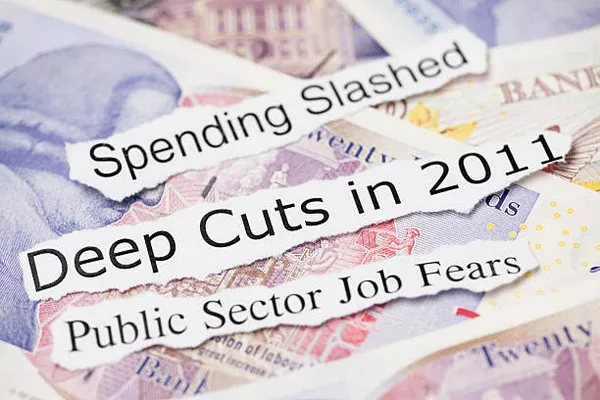The British pound sterling, often referred to simply as the pound (£), is one of the oldest and most respected currencies in the world. With a rich history dating back centuries, the pound has evolved from a commodity-backed currency to a fiat currency managed by the Bank of England. In modern times, the value of the pound is supported by a combination of factors, reflecting the complexities of a global financial system. This article delves into the question: what exactly backs the British pound today?
Historical Perspective: The Evolution of the Pound
To comprehend the current status of the British pound, it’s essential to explore its historical roots. The pound sterling originated from the Roman libra, a unit of weight, and was later adopted by Anglo-Saxon kingdoms. By the Middle Ages, the pound had become a form of commodity money, with actual silver coins circulating as legal tender. This era saw the pound backed by the intrinsic value of silver.
During the 17th century, the British pound transitioned towards a gold standard, tying its value to gold instead of silver. The gold standard prevailed until the outbreak of World War I, after which Britain moved to a fiat currency system. Since then, the pound has been a fiat currency, meaning its value is not pegged to any physical commodity but is instead regulated by the government and central bank.
Modern Monetary System: Fiat Currency and Monetary Policy
Today, the British pound operates as a fiat currency. This means that the value of the pound is not determined by the value of a physical commodity, such as gold or silver, but by the stability and credibility of the British economy and its monetary system.
Role of the Bank of England
The Bank of England, established in 1694, plays a pivotal role in managing the British pound. As the central bank of the United Kingdom, it is responsible for setting monetary policy to achieve specific economic objectives, such as controlling inflation and maintaining price stability. The Bank of England’s Monetary Policy Committee (MPC) regularly meets to decide the official interest rate, influencing the cost of borrowing and lending in the economy.
Factors Backing the Pound
While the pound is not backed by a physical commodity, several key factors support its value:
Economic Stability: The overall stability and health of the UK economy influence the strength of the pound. Factors such as GDP growth, employment rates, and inflation levels impact market sentiment towards the currency.
Monetary Policy: The Bank of England’s monetary policy decisions, including interest rate adjustments and quantitative easing measures, affect the pound’s value relative to other currencies.
Fiscal Policy: The government’s fiscal decisions, such as budget management and taxation policies, contribute to the pound’s stability.
Investor Confidence: Global investors’ perception of the UK as a safe and reliable investment destination influences demand for the pound.
External Factors: Geopolitical events, international trade dynamics, and market sentiment towards the UK impact the pound’s exchange rate.
Exchange Rate Mechanisms
The value of the British pound fluctuates relative to other currencies in the foreign exchange (forex) market. Exchange rates are determined by supply and demand dynamics, influenced by a multitude of factors such as interest rate differentials, trade balances, and geopolitical developments.
Currency Reserves
Although the pound is not backed by a specific reserve asset like gold, the Bank of England holds foreign exchange reserves to maintain liquidity and stability in the currency markets. These reserves primarily consist of major currencies such as the US dollar, euro, yen, and other liquid assets.
Comparisons with Other Currencies
The British pound’s status as a major global currency positions it alongside other key fiat currencies like the US dollar, euro, and Japanese yen. Each of these currencies operates under a fiat system, where value is derived from economic fundamentals and the credibility of the respective central banks.
Criticisms and Challenges
Despite its strengths, the British pound faces certain criticisms and challenges:
Volatility: Like most fiat currencies, the pound is subject to market volatility, driven by economic data releases and geopolitical events.
Inflation Concerns: Persistent inflationary pressures can erode the pound’s purchasing power over time.
Brexit Impact: The UK’s decision to leave the European Union (Brexit) has introduced uncertainties that have affected the pound’s value and economic outlook.
See Also What Is The Weakest Currency In The World?
Conclusion
In conclusion, the British pound sterling is a fiat currency backed by the economic stability and credibility of the United Kingdom. Unlike historical commodity-backed systems, the value of the pound today is derived from a complex interplay of economic, monetary, and geopolitical factors. The Bank of England’s role in managing monetary policy and ensuring financial stability is central to supporting the pound’s value in the global economy.
As with any currency, the value of the pound can fluctuate due to various internal and external factors. Nevertheless, the pound remains a cornerstone of the global financial system, reflecting the enduring legacy of a currency with deep historical roots and modern economic significance. Understanding what backs the British pound underscores the broader principles governing modern fiat currencies in today’s interconnected world.


